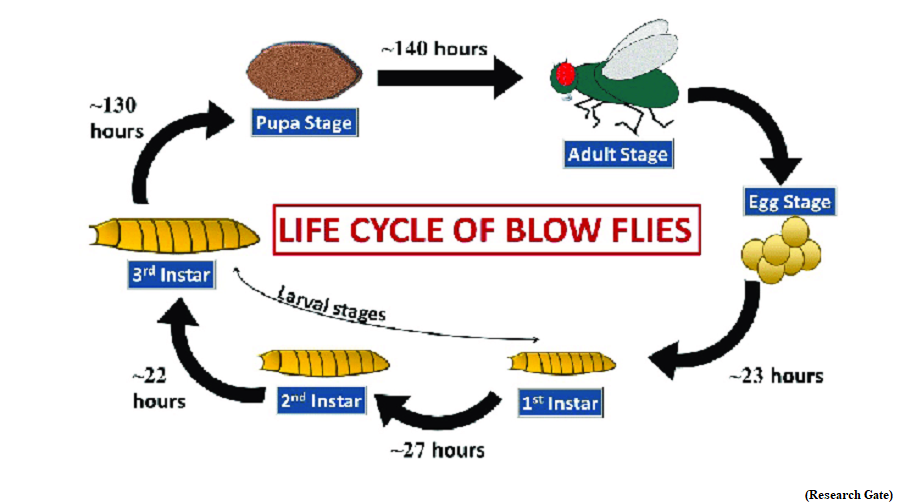Moon landing spot is now ‘Shiv Shakti’ (GS Paper 3, Science and Technology)

Why in news?
- Prime Minister recently announced that the point where the Vikram lander of Chandrayaan-3 landed will be called ‘Shiv Shakti’, and the point where Chandrayaan-2 left its footprint on the lunar surface will be called ‘Tiranga’.
Shiv Shakti:
- In Shiv, there is resolution for the welfare of humanity and Shakti gives us strength to fulfil those resolutions.
- This Shiv Shakti point of the moon also gives a sense of connection with Himalaya to Kanyakumari.
Tiranga:
- The point where Chandrayaan-2 left its footprints will now be called Tiranga and that it will serve as an inspiration for every effort that India makes and remind that failure is not the end.
National Space Day:
- He also announced that August 23, the day the Chandrayaan-3’s lander made a historic soft-landing on the Moon will be commemorated as National Space Day.
Catering to diet of elephants to prevent conflicts with humans in Assam
(GS Paper 3, Environment)
Why in news?
- Restoring degraded areas with tree species preferred by the elephants would help secure its habitat and facilitate elephant movement for long-term mitigation of human-elephant confrontation.

Plantation of native species:
- Amla (Phyllanthus emblica) and bel (Aegle marmelos) are among several native species of trees that are being planted in Assam in a bid to secure a major elephant habitat and mitigate conflicts between humans and tuskers.
- Among the 25,000 saplings of native species of trees planted between June and August, to improve the 100-hectare elephant habitat, are some 2,000 sprouts of Alpinia allughus, a ginger-like rhizome locally called ‘tora’. It is an important source of fodder for elephants in the region.
- The habitat is in the Rowta Reserve Forest under the Dhansiri Forest Division in the Udalguri district of Assam, bordering Bhutan.
- Other species of trees planted include gamhari (Gmelina arborea), jamun (Syzygium cumini), bhumura (Terminalia bellirica), arjun (Terminalia arjuna), outenga or elephant apple (Dillenia indica), and khair (Acacia catechu).
Plantation drive:
- The area chosen for the replenishment of the green cover in the Rowta area is a mosaic of grasslands and woodlands, with different soil substrata ranging from sandy coarse to rocky and swampy swathes of land.
- The 61st Battalion of the Sashastra Seema Bal, personnel of the Dhansiri Forest Division, and members of the Dhansiri-Sikaridanga Joint Forest Management Committee at Rowta collaborated with Aaranyak for the plantation drive.
Alternative livelihoods:
- Earlier, Aaranyak and the British Asian Trust provided training in poultry farming to people across 58 villages in the Garo Hills region, who have been affected by conflicts with elephants. About 60% of the trainees were women.
- Availability of alternative livelihood options is a powerful tool to facilitate human-elephant coexistence in a conflict zone.
Study on life cycle of different blow flies
(GS Paper 3, Science and Technology)
Why in news?
- The flies belonging to the Calliphoridae family in the order Diptera are the first visitors to inhabit and colonise a dead body.

Details:
- Commonly known as blow flies, these flies have significant importance in the accurate assessment of post-mortem interval (PMI), the time that has elapsed since one’s death.
- However, studies reveal significant differences in the developmental rate of these flies according to seasonal changes.
- These changes may be due to changes in humidity, rainfall, temperature in the area, and genetic variations of blow flies.
Recent study:
- A study has recorded 17 blow fly species belonging to four subfamilies and eight genera from central Kerala.
- The study covers four forensically significant blow flies, Chrysomya megacephala, Chrysomya rufifacies, Chrysomya chani, and Hemipyrellia ligurriens, that have been identified based on their morphological and molecular characteristics.
Regression equation method:
- Effect of temperature and humidity on the life cycle of blow flies was investigated and it showed that the pre-oviposition period was significantly higher in winter in all the four species. Length and weight larval instars were significantly higher in monsoon for C. megacephala and C. rufifacies.
- The regression equation method developed in this study emerged as the best suitable method for the estimation of PMI using life history of blow flies.
- The regression equation was found to give an accurate estimate of developmental duration to the level of specific hour (of death) corresponding to the length of any particular instar/larval state.
Artists breathe new life into Seethakali folk art, all set to perform outside Kerala
(GS Paper 1, Culture)
Why in news?
- The Perinad Seethakali Sangham member group is all set to perform outside Kerala for the first time.

What is Seethakali?
- Seethakali is said to have originated from Perinad of Kollam district.
- It is a Dravidian dance form portraying the portions from vanayatra (exile to the forest) to Sita’s andardhanam (descend into the earth).
- It’s a blend of songs, story telling and fast movements while ganjira, manikatta, chiratta and kaimani are among the accompaniments.
- The songs of Seethakali were not written down but were passed on orally.
- Seethakali was performed during Onam from Atham till Erupathettam Onam.
Performers:
- A dance drama primarily performed by Dalit artists belonging to the Veda and Pulaya communities, it presents minuscule episodes of the Ramayana at every homestead.
- The costume, colours and props were made by the local people using materials that were available in plenty in the villages. Including bows and arrows made of bamboo.
Revival efforts:
- Over the years, the staging became sporadic and around three decades ago, the folk art started fading away from public domain.
- The efforts to revive it by the Perinad Grama Panchayat proved fruitful when it came back to the stage in August 2017 with a performance at the panchayat hall. In October 2018, the group affiliated with the Kerala Folklore Akademi.





